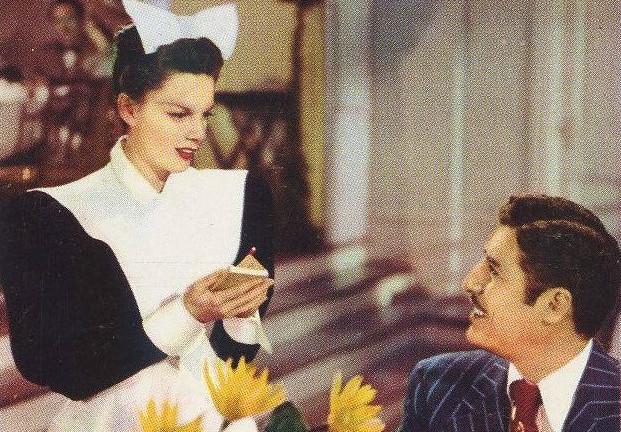Commentary
What do you get when you combine cowboys and waitresses in a 1940s musical? In 1946, this combination created a musical Western, “The Harvey Girls.” This MGM production was the first movie I watched while attending the Turner Classic Movie Film Festival in Hollywood this April. Starring Judy Garland, John Hodiak, and Angela Lansbury, this is an old favorite of mine. In fact, I’ve watched this movie on DVD with my family as far back as I can remember. Seeing this movie in one of the Chinese Multiplex theaters on Hollywood Boulevard was a great way to kick off my movie-watching at my first TCMFF!





